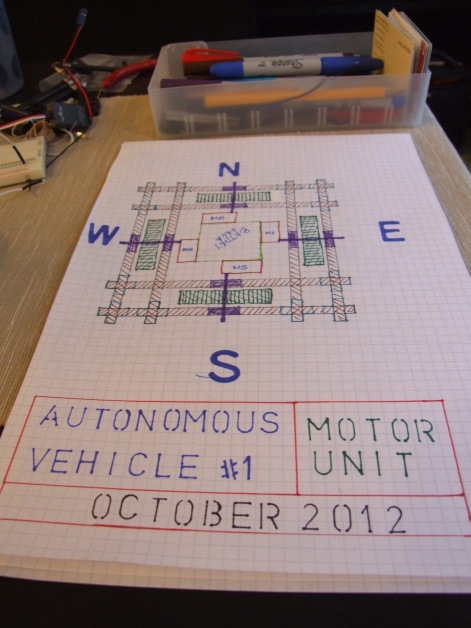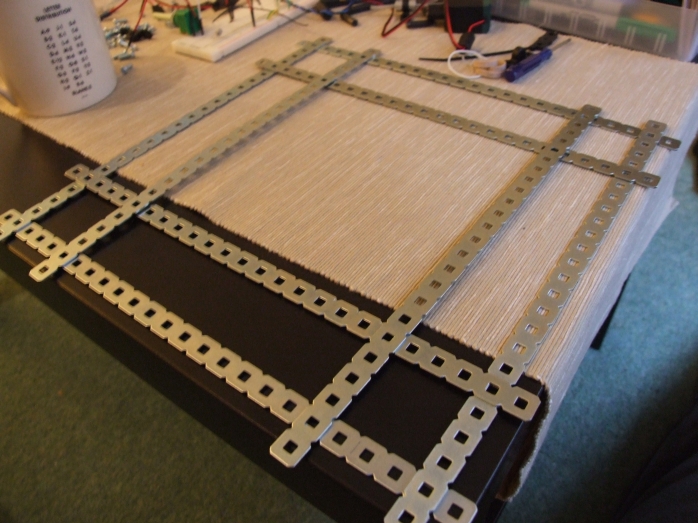
A friend of mine and I decided to start a robot challenge. The aim is simple: each one of us will build a robot, an autonomous vehicle that will be able to get out of a maze on its own. It won’t be remote controlled but it can talk to a remote computer for instructions (i.e. all the “thinking” can be done on a computer and the actual vehicle can be a “dump” unit that simply sends the sensor data to the external machine and performs the movements dictated by the external machine.
We’ve agreed to have the actual competition at some point in January.
For my autonomous vehicle, I’ve decided the following:
- The motor section will be built using hardware from VEX Robotics.
- The “brain” section will be using a RaspberryPi and maybe an Arduino (as an internediate between motors/sensors & RPi).
- Sensors: the proximity sensors are TBC. I’m experimenting with a few options. I will most likely add a compass module too.
- The body of the robot will be made by film cans, giving it an “R2D2” look (without arms/legs though).
- I will add a camera at the top. Not required for the competition but I have a spare one at home.
I’ve been working on the design of the motor section. Here is my current blueprint:

Here is a concept of the base:

I’m using omni-directional wheels from VEX, which means I can have 2 wheels on the X-axis and 2 wheels on the Y-axis:

So far, I’ve only made a small “sample” order from VEX Robotics, in order to make sure that I can control everything through RPi/Arduino. If all goes well, I should have the second & final VEX order delivered before the end of the month.